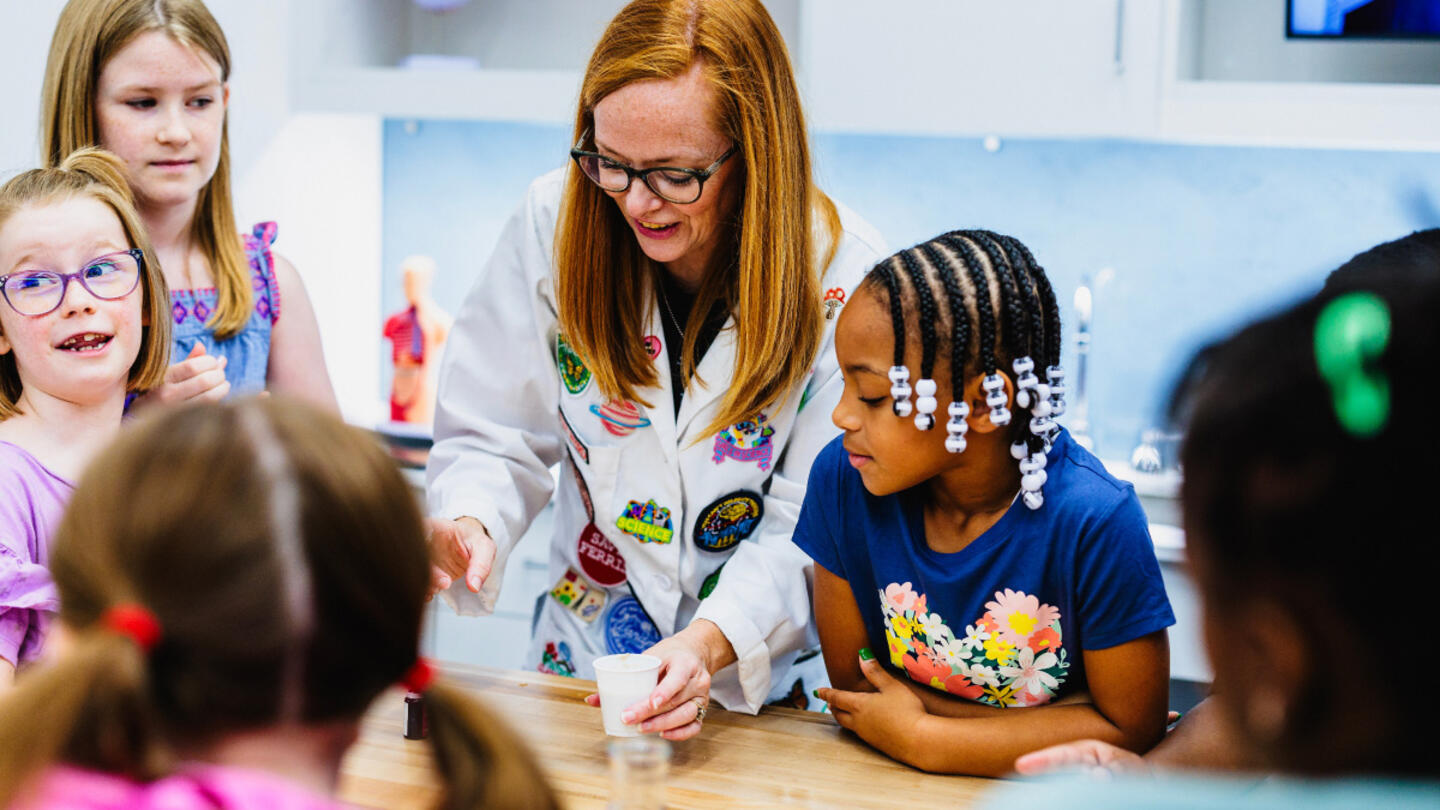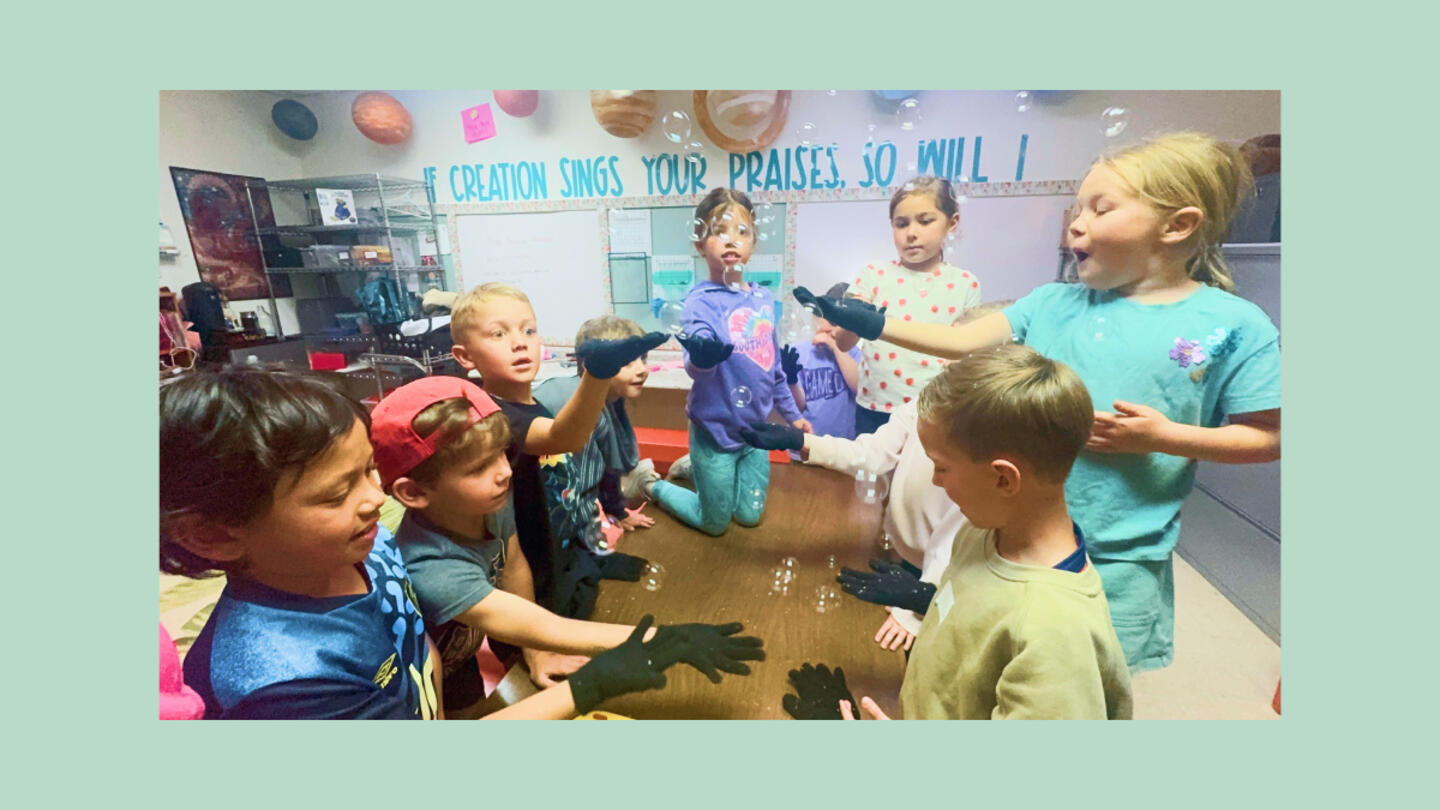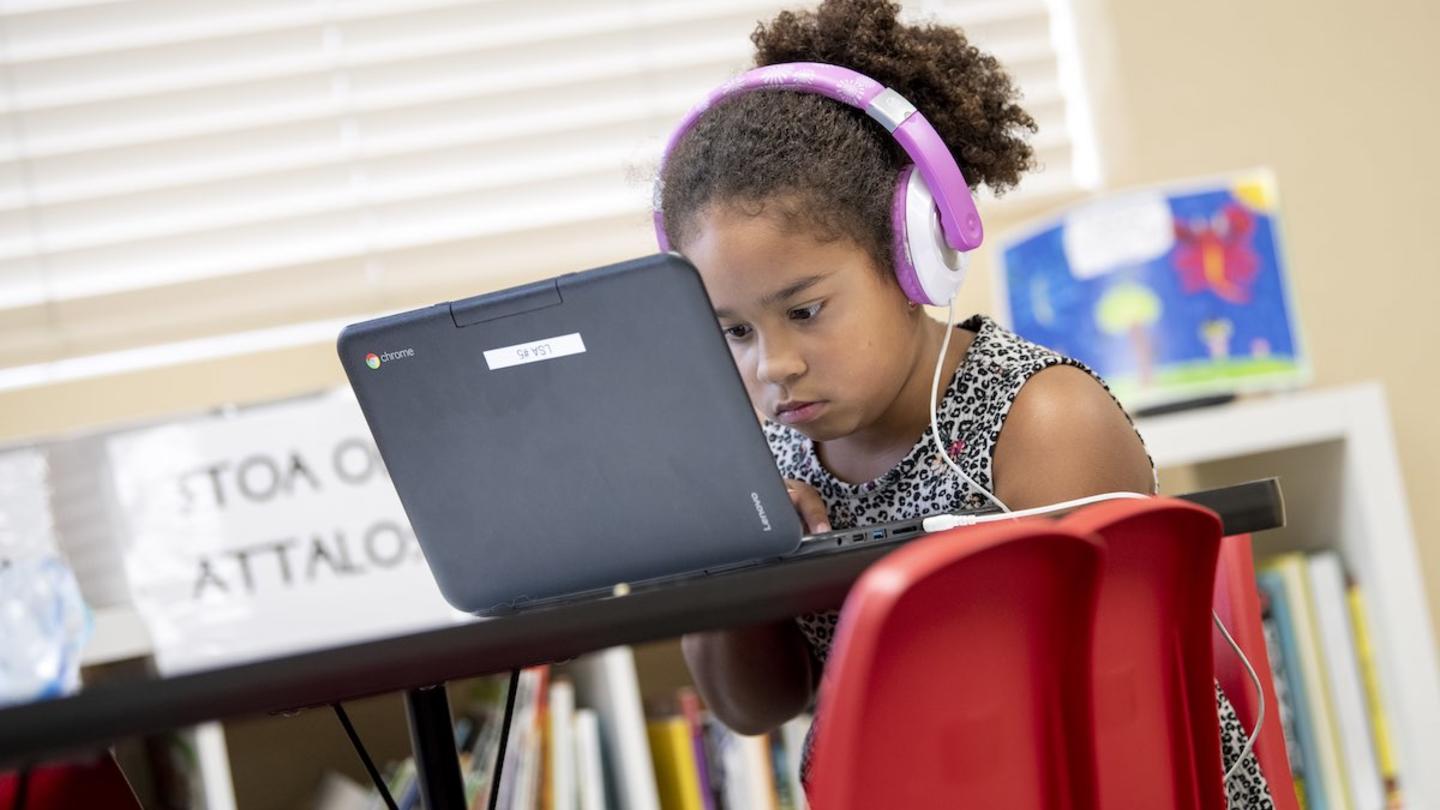Teachers, families, and students all know: The pandemic threw a wrench into the education system. The typical models and tools could no longer work the way they used to. Educators were forced to redesign their methods — and in doing so, they discovered changes that were long overdue.
“The pandemic affected our experience with education,” said Todd Rose, the CEO of think tank Populace. “It put kids back in the home, with parents who watched their kids learn online, if at all. And like most public shocks to systems, it tends to lead to a rethinking: ‘What is it that matters to us?’”
Despite the challenges the pandemic posed, it also provided an opportunity to uncover pain points and explore new ways of meeting teachers’ and students’ needs. Many of these innovations are continuing to develop and improve today.
Traditional education has long been familiar across the country, but as these developments show, it’s actually a dynamic field, providing opportunities to continually evolve with society. As the 2023-24 school year wraps up, several key trends have emerged that have the potential to shape the future of teaching and learning. In doing so, grades aren’t all that are rising — empowerment, confidence, and purpose are too.
1. Specialized teacher retention
For years before the pandemic, teachers in specialized roles — like foreign language instruction, advanced math, or special education — were already struggling. Especially in rural America, many schools are still experiencing shortages of these educators.
So how can we bridge the gap?
The answer lies in meeting educators where they are, and providing them with the support they need to feel empowered and appreciated. For many, this includes:
- Ensuring that compensation reflects the value educators are creating,
- Being mindful of workloads,
- Not overburdening teachers, and
- Allowing educators the autonomy to shift away from standardized teaching and testing, and instead use whatever methods they know suit their students best.
For instance, longtime educator Kenneth Nelson Jr. found himself boxed into traditional teaching methods and longed to use more creative learning methods that he knew would meet his students’ unique needs. That drive led him to found E.P.I.C. Academy, where he empowers teachers to think innovatively about their teaching practices. Teachers are more fulfilled and energized as a result. What’s more, students are reaping the benefits.
“They’re looking for an opportunity to make an impact,” Nelson Jr. said of his students. “Not only in their own lives but for somebody else in the classroom. They come to me giving me encouraging words like, ‘Hey, we’re doing a great job. We have so much fun here, we’re learning.’”
2. Tackling teacher burnout
Many educators are overworked, overwhelmed, and understimulated. They devote countless hours to making sure their students feel supported and uplifted — but who is watching out for them?
The nonprofit Empowered has teachers’ backs. The organization works to surround educators with a supportive community and resources for professional development. With a striking 98% of its participants reporting enhanced drive and energy, Empowered could be a game changer in tackling teacher burnout.
Empowered provides resources, training, and community support to K-12 educators, enabling them to offer individualized, experience-based learning opportunities. This approach can invigorate a teacher’s sense of drive and purpose, making education a more fulfilling and rewarding career.
“It gave us all the resources, all the ideas. I mean, everything,” said Nelson Jr. “And I said, ‘What better way to start? You have all of the backing and the resources. What better time to start than now?’”
3. Online learning and artificial intelligence
Many students made the shift to online learning during the pandemic — and many aren’t going back. As the demand for online education grows, new technologies are advancing, geared at making online learning more innovative, engaging, and exciting.
Artificial intelligence is set to revolutionize learning for both teachers and students.
Programs like Khanmigo, developed by Khan Academy founder Sal Khan, can provide personalization, one-on-one focus, and quick feedback. Khan is mastery-based, which means all students learn at their own pace as they master skills and progress toward learning goals. This allows students to develop individualized learning paths, taking into account their unique learning styles, pace, and progress.
At the same time, it can also help teachers. By automating administrative tasks, Khanmigo frees up educators’ time for more meaningful interactions with students.
The tool provides a win-win that leaves teachers and students feeling more empowered, supported, and seen — no matter what their classroom looks like.
4. The shift toward nontraditional education models
It’s no longer just public vs. private. Increasingly, families can choose between a host of educational models, each offering different benefits to meet their children’s unique strengths, styles, and interests.
Microschools are small-scale educational establishments that are more personalized and flexible than traditional schools. They often employ innovative teaching methods and provide a more intimate, community-oriented learning environment.
For instance, at Prenda, students design and direct their own curriculum using whatever learning style suits them best. Rather than one-size-fits-all, students choose individualized learning plans. The school caps out at 10 learners in a classroom, allowing students and educators more opportunities for intimate, supportive sessions.
“If you think about the history of education, tens of millions of kids in America being educated in a class of 20 to 30 students, there’s a model that’s not tailored to individual learners,” explained Prenda founder Kelly Smith.
The goal isn’t just for students to ace tests — it’s for them to develop a love of learning that will last a lifetime. By offering students the ability to be in the driver’s seat of their education, “I saw the difference between a child who makes the decision to learn and one who’s just kind of along for the ride,” said Smith.
Sign up for Stand Together's K-12 newsletter and get stories, ideas, and advice from changemakers who are transforming education across the country.
5. The push for quality for all in education
Not all teachers are on the same playing field. In high-poverty and rural areas where resources are scarce, schools can find it hard to recruit educators, but many schools already have an underused resource at their fingertips: paraprofessionals.
These teacher aides are already working in schools with an intimate knowledge of students’ needs. They often want to contribute to classrooms in a bigger capacity but haven’t had the opportunity or resources to move up the professional ladder. With the knowledge, skills, and passion already in place, all that’s needed is for their school system to give them a chance to take on a bigger role.
“Over a million people want to become teachers and are working every day in classrooms as paraprofessionals,” said Mallory Dwinal-Palisch, founder and chancellor of Reach University, which provides apprenticeship pathways to help aides earn their teaching degree while working in schools. “They can’t become teachers because they cannot afford to earn their college degree.“
Empowering teacher aides can be a key to making the education landscape accessible and supportive for everyone. While aides are supported to pursue their fullest potential as educators, students — who were becoming casualties of under-resourced schools — are lifted along the way.
6. The future of education leadership
It’s not just teachers who need to feel supported and empowered. Increasingly, schools are recognizing that, rather than taking direction from top-down government mandates, they should be listening to their actual clients: students and parents.
Tyton Partners’ 2024 Choose to Learn report illustrates just how crucial this is: Researchers found that 48% of K-12 parents want to explore different educational options for their children, but lack the knowledge of what’s available. A program that (re)ignites a child’s love for learning is what drives K-12 parents to choose a new education program, and educators can be partners in transforming education by prioritizing custom, individualized activities based on each unique child.
Addressing the challenges school leaders face is crucial for the future of education. Especially in larger schools, leaders may not have many opportunities to connect one-on-one with students and their families. This can lead to a sense of disconnect and keep leaders from being able to provide the support and encouragement they’d like to offer.
Rather than survey and make decisions from the top down, school leaders need opportunities to start from the bottom up. The more time they have to get to know their students and families as individuals, the more informed and personalized their solutions can be. Teachers, administrators, and students can all benefit from a more transparent, open environment where everyone collaborates on making education decisions together.
7. The role of community in education
Teachers and students only make up one-half of a school. What is often overlooked are the families, parents, administrators, and community members who can make or break a school’s success.
Community is critical in how supported, fulfilled, and driven educators feel. Many educators may feel like they’re working in a silo — but they don’t have to. School administrators can foster a culture of mutual support and collaboration among teachers. By connecting educators with their wider community, these networks can provide emotional support, share resources, and collectively address challenges.
Community partnerships can also play a vital role in education. Schools can collaborate with local businesses, nonprofit organizations, and community members to enhance learning experiences, provide additional resources, and address local issues.
At AdventureMe, an outdoor school in Colorado, educators are far from alone. Community members offer critical support and ideas that keep the school’s curriculum fresh and exciting. The school routinely reaches out to local community organizations for resources, empowering educators to continually offer new and engaging opportunities for students. Everyone pitches in, from local beekeepers to farmers to parks department workers.
“Some people don’t think they can build a program from the ground up because they don’t have the resources,” said founder Tamara Wineland. “You don’t have to own every resource yourself. In fact, it’s probably better if you don’t.”
These partnerships can drive home a crucial point: Education isn’t just the responsibility of teachers. It’s a collaborative effort of communities, parents, teachers, and students working together.
Moving forward, a new education landscape
Opportunity looms as the 2024-25 school year closes and we look to the start of 2025-26. These trends have the potential to transform schools across the country, empowering students and educators with the support and solutions they need.
With each innovation, a new vision of education is emerging — one where learning isn’t about grades or assessments. It’s about setting students and educators up to pursue their fullest potential, inside of the classroom and out.
Learn more about Stand Together’s education efforts and explore ways you can partner with us.

This colearning space has the potential to bridge the divide between public and private education.

New Johns Hopkins data shows homeschooling’s recent surge has transformed the education landscape.
Step 1: Find the best learning environment for your child. Step 2? Figure out how to pay for it.

Here’s what happens when AI replaces teachers.
